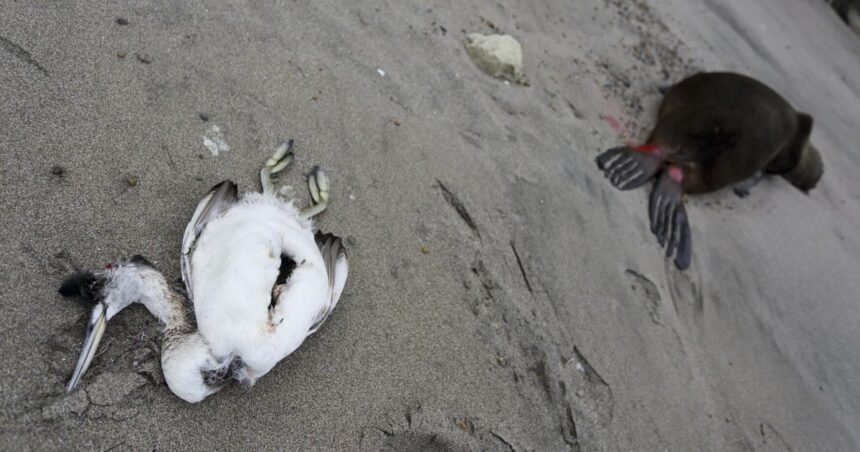NEW YORK — Bird flu has been attributed to the deaths of millions of wild and domestic birds globally over the past two years. It has also affected seals, sea lions, mink farms, and various other animals. However, its impact on humans has been minimal.
This discrepancy is puzzling to researchers, with possible explanations including differences in how the virus infects different species. The concern lies in the potential for this to change in the future.
Experts are wary of the possibility of the virus evolving into a more dangerous form for humans, as seen in past pandemics like those in 1918 and 1957. While current evidence suggests a low risk of a severe global outbreak, preparations are underway in the U.S. to address any potential threats.
The H5N1 flu strain, which first appeared in birds in 1959, has caused illnesses and deaths in humans, primarily through direct contact with infected birds. While human-to-human transmission has been limited, concerns remain about the virus’s ability to mutate and spread more easily.
Animal outbreaks have been reported in the U.S., with some human infections occurring in individuals working on affected farms. Despite these cases, severe illness in humans has been rare, and the virus has not shown efficient person-to-person transmission.
Researchers are closely monitoring the flu strain’s behavior in different species, noting variations in infection severity and transmission routes. Understanding these factors is crucial in preparing for potential future threats.





